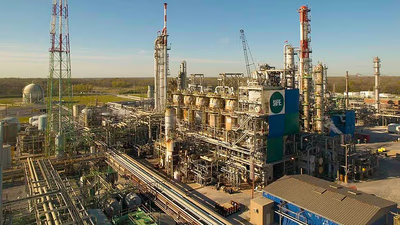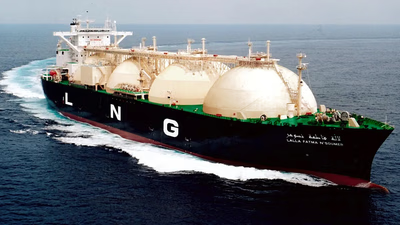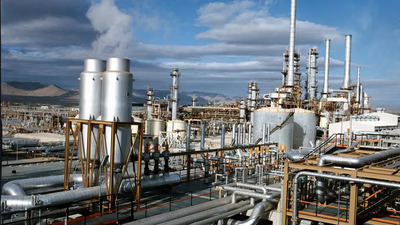
Ethylene production facilities in West Asia enhance trade opportunities.
West Asia, specifically countries like Saudi Arabia, Qatar, and Iran, plays a significant role in the global petrochemical industry. These countries have made significant investments in establishing large-scale petrochemical complexes and developing their ethylene production capabilities. West Asia boasts substantial reserves of natural gas and crude oil, which serve as the primary feedstocks for ethylene production. Natural gas, in particular, is abundant in the region and is often utilized as a cost-effective feedstock for ethylene production through processes such as steam cracking. Crude oil is also used as a feedstock, especially in countries with ample oil reserves.
Many countries in West Asia utilize natural gas liquids (NGLs), particularly ethane, as a feedstock for ethylene production. Ethane cracking involves subjecting ethane to high temperatures in a process called steam cracking, which breaks down the molecules into simpler compounds including ethylene. Ethane is often derived from natural gas reserves and offers a cost advantage due to its lower carbon content compared to crude oil-based feedstocks. West Asian countries have established large-scale petrochemical complexes and integrated refining and petrochemical plants to produce ethylene. These complexes typically consist of multiple cracking units, purification systems, and downstream facilities for the production of various derivatives.
A total of 22% of the world's ethylene is produced by Middle Eastern companies. Proximity to consumer markets in Asia, Europe, Africa and countries such as India and China is the main competitiveness of the petrochemical industry. These industries have developed extensively in recent years, especially among the GCC member states, through access to Gases associated with crude oil, and the region's producers have been pioneers in the production of ethylene and its ethane derivatives. With increasing demand in other industries such as power plants and water desalination industries, the supply of gas required by the petrochemical industry in this region has faced difficulties resulting in producers turning to heavier feedstocks such as Naphtha.
According to BP, the total proven oil and gas reserves in the Middle East are 47.9% and 43.2% of the world's total reserves, respectively, It should be mentioned that Iran having the largest gas reserves in the world. In the past, the Middle East petrochemical industry was built to export products to Asian markets, but expert forecasts suggest that in the future, producers in the region should look for new markets to sell their products, as Asian markets will only accept Middle Eastern products until 2009. West Asian countries continue to invest in expanding their petrochemical capacities and ethylene production. They are focused on diversifying their product portfolios, developing advanced downstream industries, and investing in research and technology to enhance efficiency and sustainability.
Iran currently has seven ethylene projects under implementation, which are expected to increase the country's ethylene production capacity by 2025 with the operation of these projects by nearly 6 million and 200 thousand tons. If this is achieved, Iran will have about 32% of the Middle East ethylene production capacity and 7% of the world's total ethylene production capacity.
Table 2 shows the ongoing plans of the country's ethylene and Figure 3 shows the outlook for Iran's share in the ethylene glycol trade in the Middle East and the world until 2025.
West Asia is a major exporter of ethylene and its derivatives to global markets. The region's ethylene production capacity allows for significant exports of products such as polyethylene, ethylene oxide, ethylene glycol, and other chemicals. These exports contribute to the region's economy and support global supply chains for various industries. The Middle East's ethylene production industry benefits from several competitive advantages. These include access to abundant and cost-effective feedstocks, proximity to growing markets in Asia, favorable investment and business environments, and established infrastructure for transportation and logistics.



